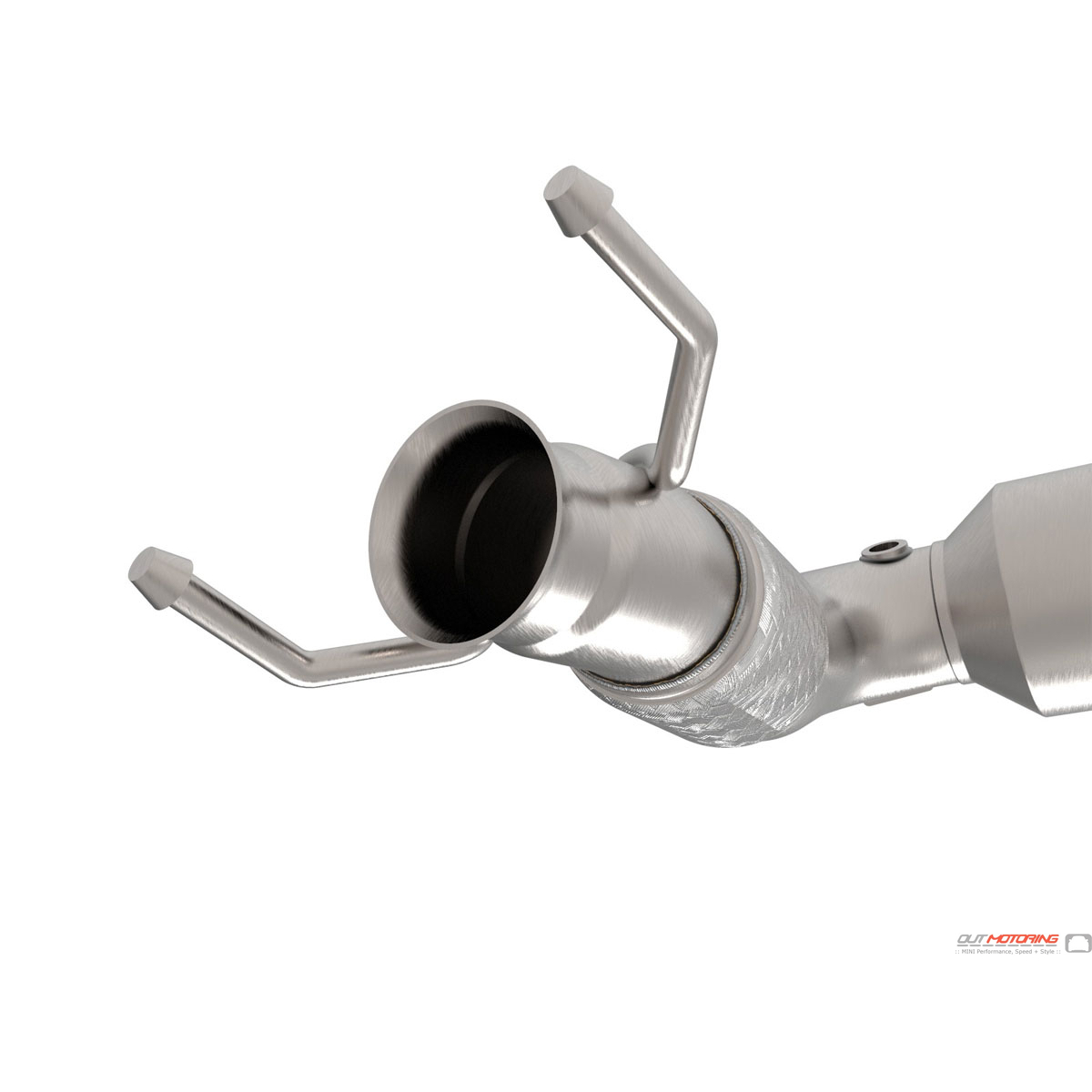Roofing is a crucial element of architecture for a number of important causes:
Protection from the Elements: One of the first capabilities of a roof is to offer shelter and protection from environmental elements corresponding to rain, snow, wind, and excessive temperatures. It prevents water from getting into the constructing, which may trigger structural damage, mould progress, and different issues.
Structural Integrity: Roofs play a crucial function in sustaining the structural integrity of a constructing. They distribute the weight of the roof and any loads (e.g., snow) evenly to the partitions and basis. A well-designed and correctly constructed roof ensures the stability and safety of the entire construction.
Aesthetics and Design: Roofs are a visible and prominent a part of a constructing's exterior. Architects use roof design to enhance the overall aesthetics of a structure. The shape, material, and elegance of the roof can contribute to the architectural character and appeal of a building.
Environmental Considerations: Sustainable structure places an emphasis on energy effectivity and environmental accountability. Roofing supplies and design can impact a constructing's power performance. For example, cool roofs can mirror extra daylight and take in much less heat, reducing cooling costs and concrete heat island results.

Natural Lighting and Ventilation: Roof design can incorporate features like skylights, dormers, and roof vents to supply pure lighting and ventilation within a constructing. This can enhance indoor consolation and cut back the need for artificial lighting and mechanical ventilation.
Historical and Cultural Significance: In some architectural styles, similar to Gothic or Victorian, the roof can be a key component that displays the historical and cultural context of a constructing. Roof particulars and shapes can inform a narrative concerning the period during which a structure was built.
Space Utilization: Roof design can create additional usable area within a building, such as attic rooms, rooftop gardens, or out of doors dwelling areas. Architects often contemplate how to maximize space and functionality when designing roofs.
Energy Efficiency: Energy-efficient roofing materials and design can contribute to a building's overall power efficiency. Proper insulation and ventilation might help regulate indoor temperatures and cut back heating and cooling costs.
Safety and Fire Resistance: Roofing supplies are chosen with security in mind. Some supplies, like fire-resistant roofing, may help stop the spread of fires in a constructing, providing priceless time for occupants to evacuate.
In summary, roofing is a fundamental side of architecture that mixes useful and aesthetic considerations. https://roofrestorationcampbelltown.com.au/downpipe-replacement/">here protects the interior of a building from the elements but also contributes to the general design, sustainability, and safety of a structure. Architects carefully think about roofing materials, shapes, and features to realize their design targets while ensuring the consolation and well-being of building occupants..
